Top Image: June 1945 New Orleans Guidebook from The National WWII Museum.
New Orleans has long been known as a sinful city peddling prostitution, a fact that draws tourists from afar. From 1897-1917, the city’s famous red-light district, called Storyville, brought commercialized sex and profit to New Orleans and made the city a tourist destination. However, during World War I, the US military believed prostitution corrupted the minds and morals of vulnerable young soldiers and exposed them to venereal diseases. In 1917, the US military closed Storyville indefinitely. Prostitution continued in New Orleans but in a different form. When the United States entered World War II, the US military and the Social Protection Division (SPD) declared war on prostitution and used New Orleans as a prime target and model for the rest of the United States in order to protect soldiers from venereal diseases.
Sailor and girl on Canal Street, New Orleans, Louisiana in 1943. Photographed by John Vachon and courtesy of the Library of Congress.
During World War II, Colonel George M. Halloran, who commanded Camp Shelby in Hattiesburg, Mississippi, reported high numbers of venereal diseases among his soldiers, which he blamed on Shelby’s proximity to New Orleans. Colonel Halloran fired the opening salvo in the US Army’s war on prostitution when he wrote to New Orleans Mayor Robert Maestri (1936-1946) about the vice issue. Mayor Maestri ignored Colonel Halloran’s letter and demands to restrict prostitution in the city. Instead, he simply passed Halloran’s message on to New Orleans’ Police Superintendent, George Reyer, for further action. Many local officials feared eliminating the vice trade would hurt the local economy and some were even soliciting prostitutes themselves. As the United States mobilized for total war, military bases and airfields sprang up around New Orleans and created a mass profit for the city and for the state of Louisiana. For its part, New Orleans encouraged soldiers to enjoy the city’s lively nightlife, where they could encounter a “lady of the night” (one of many euphemisms for prostitution.)
A WWII STD (sexually transmitted disease) poster using “Booby Trap” as a pun for soldiers to avoid breasts because of the threat of venereal diseases. Courtesy of the National Library of Medicine.
Finding little support from New Orleans’ leaders, Colonel Halloran took matters into his own hands and contacted higher officials as he sought allies for his assault on the prostitution frenzy. The US military and SPD responded and decided to use the city's sinful reputation as the basis for their campaign which targeted sex workers and promiscuous women, labeling them as enemies similar to the Axis powers. To gain support from local officials, they ramped up pressure on Mayor Maestri to do his patriotic duty for the war effort.
A WWII venereal disease poster indicating women as enemies similar to the Axis powers. Courtesy of the National Library of Medicine.
With Maestri’s encouragement, New Orleans police began raiding brothels and targeting women whom they suspected of prostitution. When officers could not prove the women were prostitutes, they instead charged them with crimes such as intoxication, vagrancy, and disturbing the peace. Any woman with suspicious behavior was in danger of being accused and treated as a prostitute. After women were arrested, they were tested for venereal diseases, quarantined, and required to go through treatment. Originally, officials treated women at prisons, but in an effort to change the suspect’s sexual habits and behaviors, treatment was later moved to Delgado’s Charity Hospital for proper supervision and direction from the Venereal Disease Division. The SPD and the US military pushed for a change in the women’s lifestyle to protect soldiers from venereal diseases. They created an education campaign filled with posters and radio shows that vilified women’s sexuality while educating citizens in New Orleans and the rest of the country on the threat of venereal diseases. The posters emphasized women’s breasts and singled them out as venereal disease carriers. In this way, women were pressured to adhere to their gender roles in the household or short term factory work for the sake of the American war effort. The infected soldiers, however, went unpunished. The men were treated with penicillin (used to treat venereal diseases) and spent two to six weeks in quarantine. From May 1942 to February 1944, the Times-Picayune, a prominent New Orleans newspaper, released statistics that the New Orleans Police Department had arrested 2,436 women for prostitution and other related charges.
Soldiers in Line for Sexually Transmitted Disease Inspection "Short Arm Line Inspection at Mokumoa Island," Hawaii, c.1945. The National WWII Museum, Gift of Cheryl Kuster, 2012.499.027.
Although New Orleans officials belatedly supported the crackdown on prostitution and banned military men from entering brothels in 1942, some of the soldiers found ways around this prohibition to satiate their sexual desires. Rental clothing shops started to pop up around brothels so that soldiers could rent civilian clothes in order to enter houses of prostitution. Taxi drivers also helped soldiers by picking up rented clothes for them. Taxi drivers frequently held meetings with prostitutes and madams, and even permitted romantic affairs to take place in their taxi.
Another WWII STD poster singling out women as carriers of venereal diseases. Courtesy of the National Library of Medicine.
While men continued to frequent brothels in New Orleans, police proceeded to arrest a large number of innocent women in a series of violent, racially motivated operations. US soldiers provided many of the leads that led to these arrests. According to historian Allison Baffoni, “By March 1943, servicemen named 31 white and 202 black prostitutes. The SPD singled out Rampart Street as an area where most black prostitutes worked.” The police also arrested many landlords who owned brothels, but convicted none of them. Under Ordinance 5112, detained women also had to wait in jail among other accused criminals until their test results came in, regardless of whether they were actually prostitutes.
In 1944, SPD official Franklyn C. Hochreiter asserted that, “The women released from Delgado hospital and those found non-infected upon examination at the diagnostic center will be brought to the women’s court for immediate trial on the misdemeanor charge.” The creation of a women’s court was an attempt by the SPD and Mayor Maestri to “humanize” the treatment of arrested women. All women arrested for prostitution or related charges went to one court and received the same trial judge, Gaston Rose.
As the end of World War II approached in mid-1945, many New Orleaneans feared that the reopening of brothels would tarnish the image of the city, while former prostitutes and madams were thrilled to get back to business. On December 1, 1945, SPD closed its doors and relocated elsewhere because of lack of federal funding. The New Orleans Police Department also lost interest in targeting suspected prostitutes. On December 28, 1945, Dr. John M. Whitney, superintendent of the city board of health stated, “There are 37 brothels operating openly in the city and there’s not a thing I can do about it. The houses are under police control... I wouldn't be surprised if a lot more open for the Sugar Bowl and Mardi Gras.” Called forth as a response to wartime needs, the war on prostitution was finally over.
Suggested Further Readings:
Baffoni, Allison, "It is the promiscuous woman who is giving us the most trouble”: The Internal War on Prostitution in New Orleans during World War II" University of New Orleans Theses and Dissertations, (2015).
Hegarty, Marilyn E. “Patriot or Prostitute? Sexual Discourse, Print Media, and American Women during World War II.” Journal of Women’s History 10, no. 2 (Summer 1998).
Landau, Emily E. Spectacular Wickedness: Sex, Race, and Memory in Storyville, New Orleans. Baton Rouge, LA: Louisiana State University Press, 2013.
Long, Alecia. The Great Southern Babylon: Sex, Race, and Respectability in New Orleans, 1865-1920. Baton Rouge: Louisiana State University Press, 2004.

Louisiana Spotlight: Corporal Albert Porche, 99th Fighter Squadron
More than 14,000 African American men served in the US Army Air Forces in segregated units during World War II. Only about 1,000 of them were pilots. Many others, like Louisiana native Albert Porche, filled vital support roles which kept the famed Red Tails flying in Italy.
Rebecca Poole
Rebecca Poole is a native of Southeast Louisiana. She graduated with her Master’s degree in Public History from the University of New Orleans in Spring 2020.
Cite this article:
MLA Citation:
APA Citation:
Chicago Style Citation:
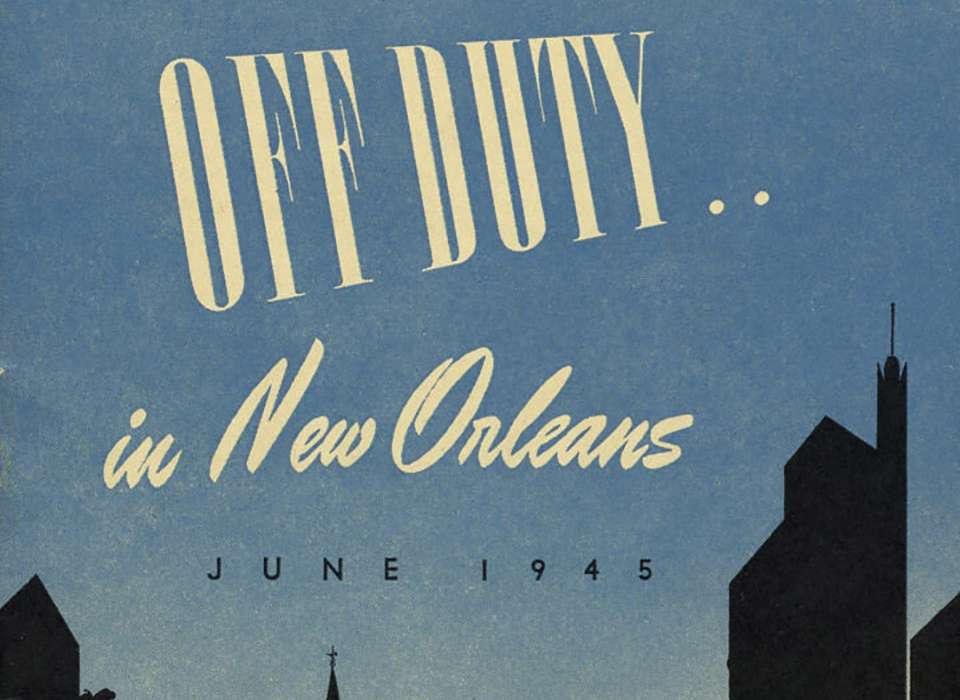
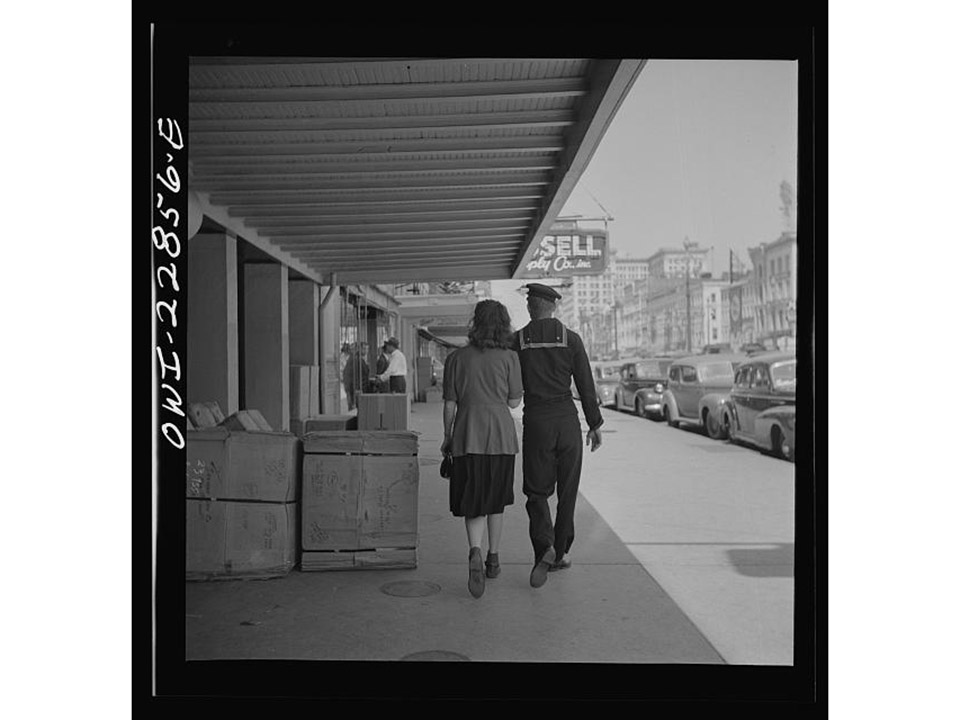
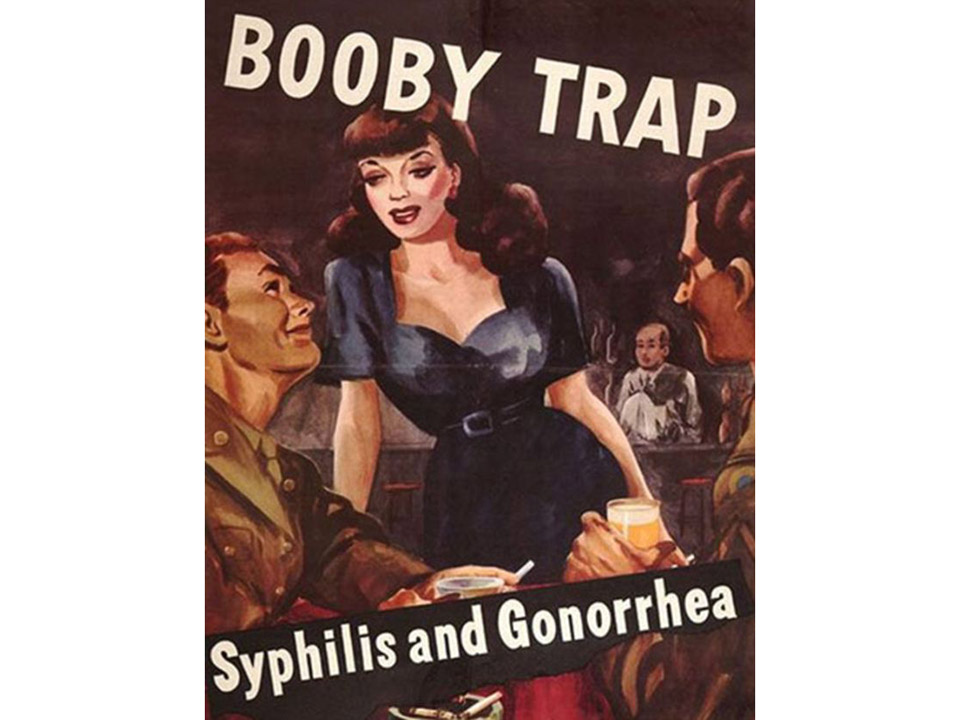
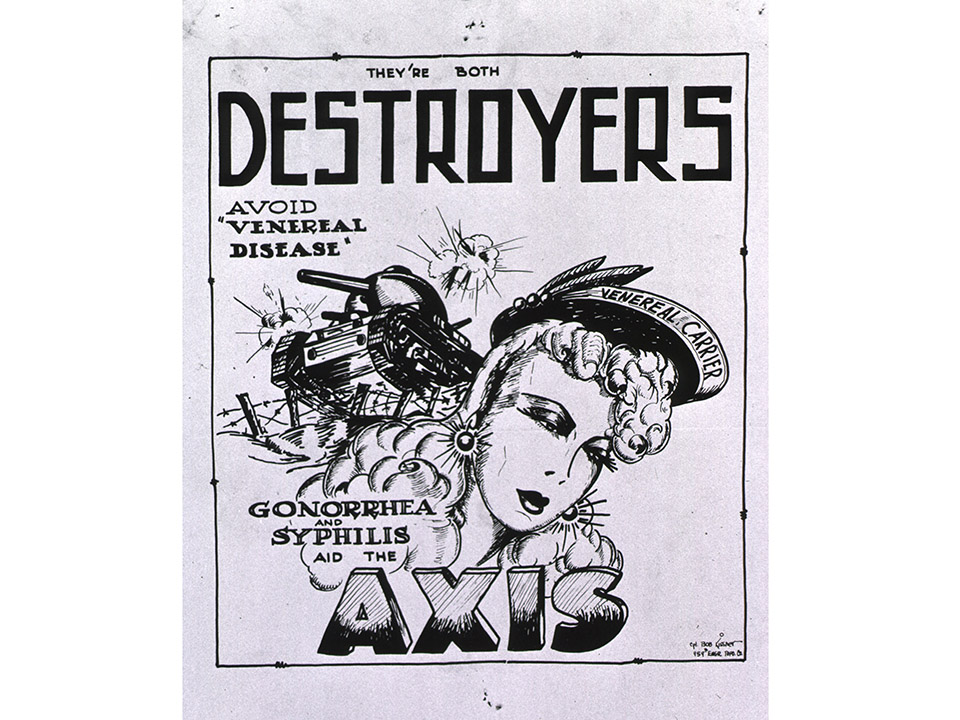
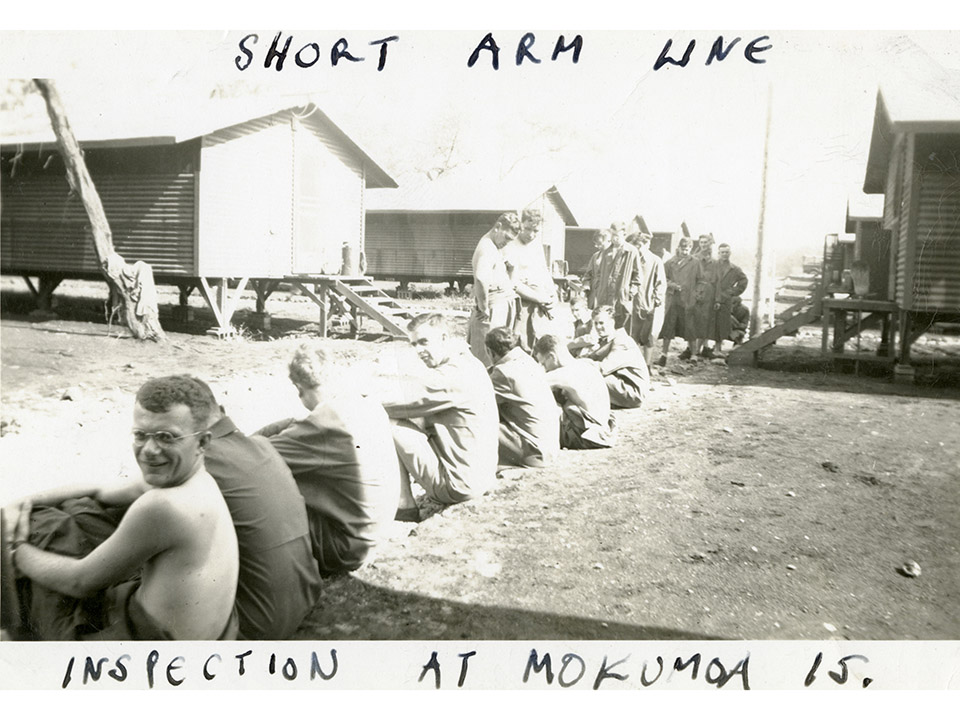
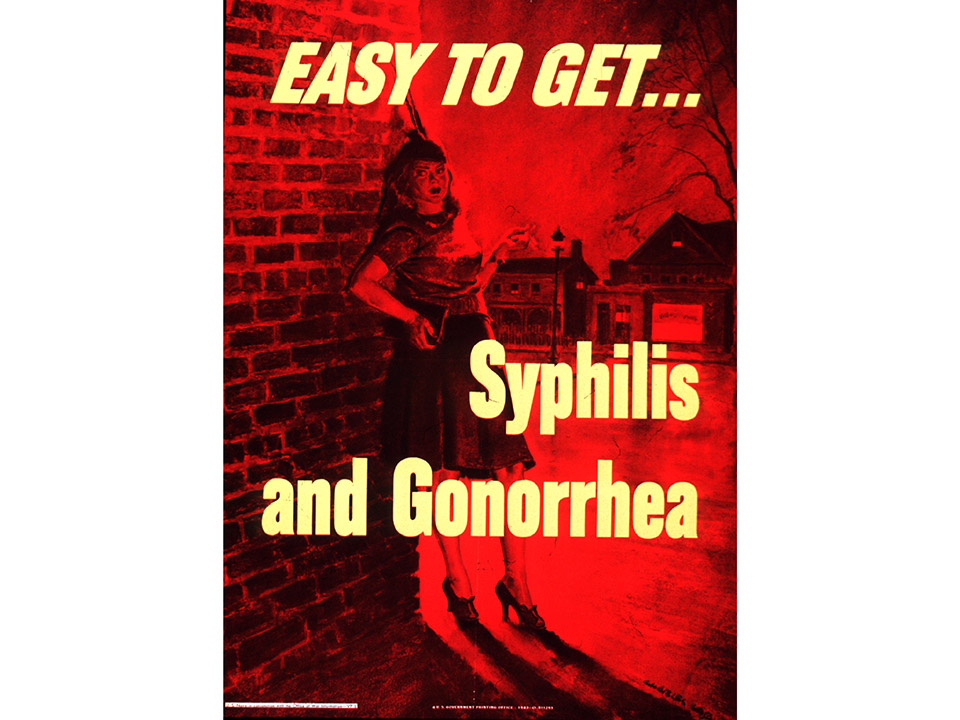





![Max Fuchs, New York City cantor, sings as Rabbi Sydney [sic] Lefkowitz, Richmond, VA, conducts the first Jewish services from Germany.](/sites/default/files/styles/max_650x650/public/2025-10/image1.jpg)


